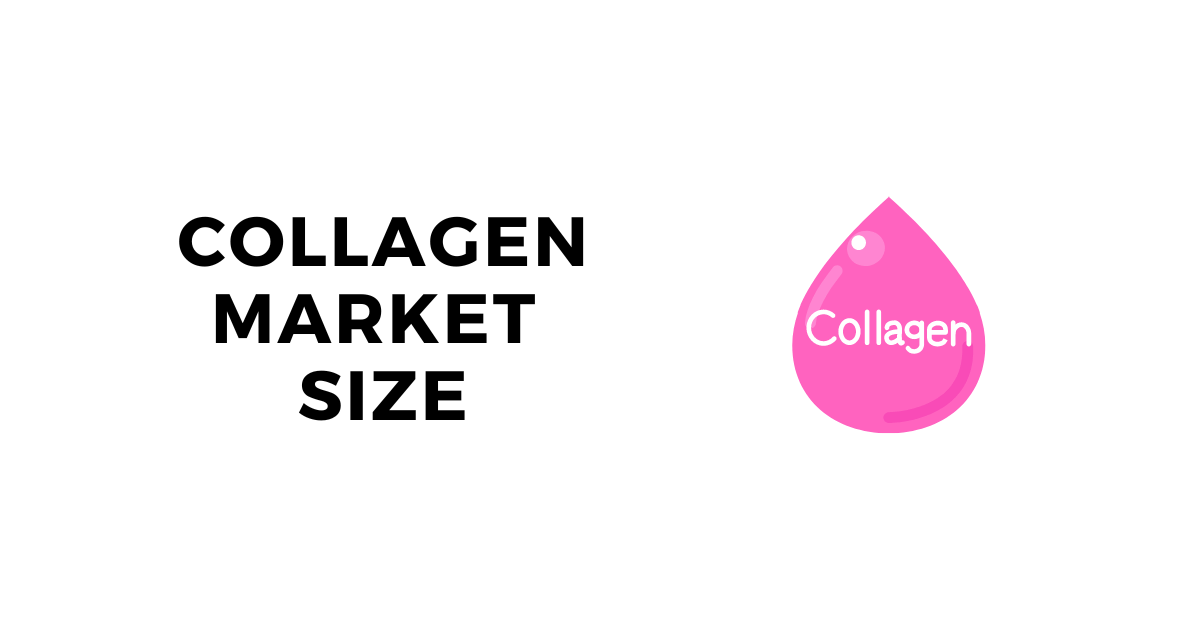
Collagen Market Size, Forecast and Growth Analysis to 20 Billion
Collagen Market Growth
Collagen has wide applications in cosmetics, supplements and personal care products for anti-aging, skin hydration, and wound healing.
The rising demand for minimally processed proteins like collagen is expected to be a major driver for the collagen market growth between 2022 and 2032.
The growing awareness about the benefits of collagen among consumers is also driving the market growth. Read on and I will explain the total market size and the size of each continent.
Introduction to Collagen
Collagen, the most abundant protein in the human body, is a crucial component that provides structure and strength to bones, tendons, muscles and skin.
It forms a scaffold that supports the body and its importance cannot be overstated.
This unique protein has a wide range of benefits, from reducing wrinkles to forming new connective tissue to growing bones and muscles to healing wounds and treating osteoarthritis.
The collagen market is transforming right now and growing at a massive rate. More on that below.
|
Region |
Market Size in 2023 (usd) |
Growth Rate (CAGR) |
|
North America |
$2.89 billion |
5.03% |
|
Asia Pacific |
$926.3 million |
6.8% |
|
Europe |
$941.2 million |
4.9% |
|
South America |
$260.65 million |
8.5% |
Collagen Market Size
The global collagen market size is estimated at $10.08 billion USD in 2022 and it is forecasted to hit around $23.02 billion by 2032.
The North America market will account for the biggest chunk of total revenue in the collagen market, while the South American market is expected to grow at the quickest rate, with a CAGR of 8.5% from 2021 to 2028.

The market is being driven by rising consumer preferences for protein supplements and the increasing demand for collagen consisting products in the healthcare sector.
North American Collagen Market Size
North American collagen market size is estimated at $2.89 billion in 2023 growing at a CAGR of 5.03%. This represents about 28.7 percent of the global collagen market.
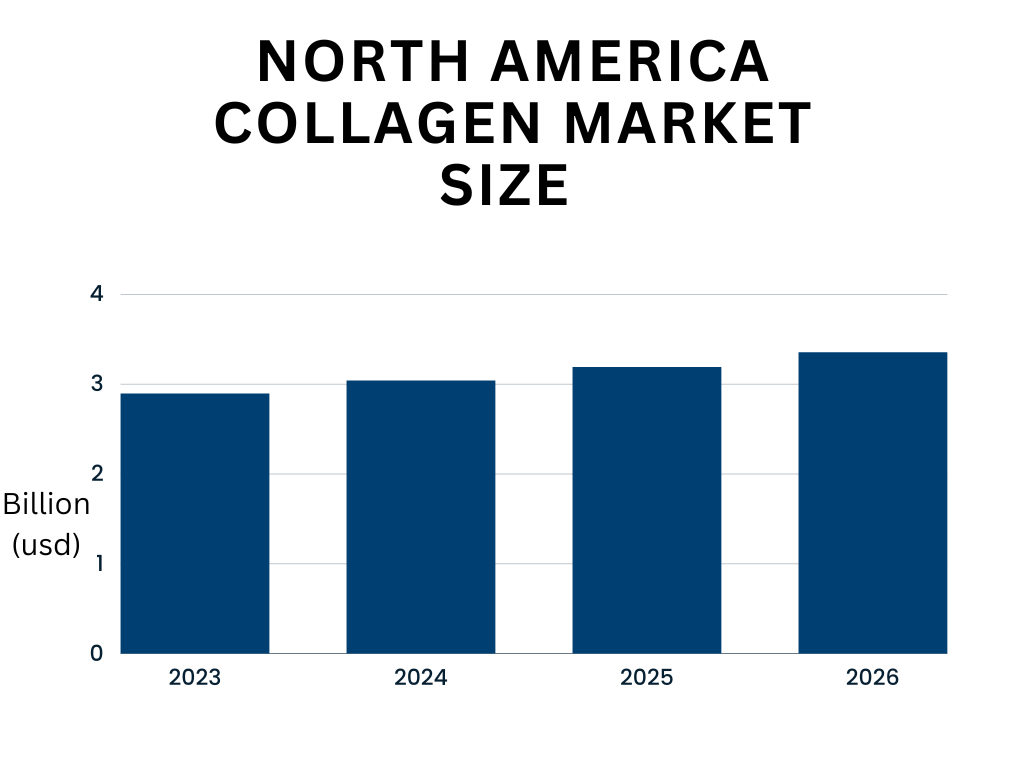
The United States makes up the the largest portion of this market following by Mexico and Canada.
European Collagen Market Size
The European collagen market size is estimated at $941.2 million USD in 2023 growing at a compounded annual growth rate of 4.9% between 2021 and 2028.

The European collagen market is mainly dominated by Germany, France, Holland, Spain, Russia, The United Kingdom and Italy.
Asia Pacific Collagen Market Size
The Asia Pacific collagen market size is estimated at $926.3 million USD in 2023 and is expected to reach $1.23 billion by 2028 growing at a rate of 6.8% between 2021 and 2028.
The region's population expansion, processed food consumption and growing awareness about the benefits of using collagen in food are some of the factors contributing to the surge in demand.
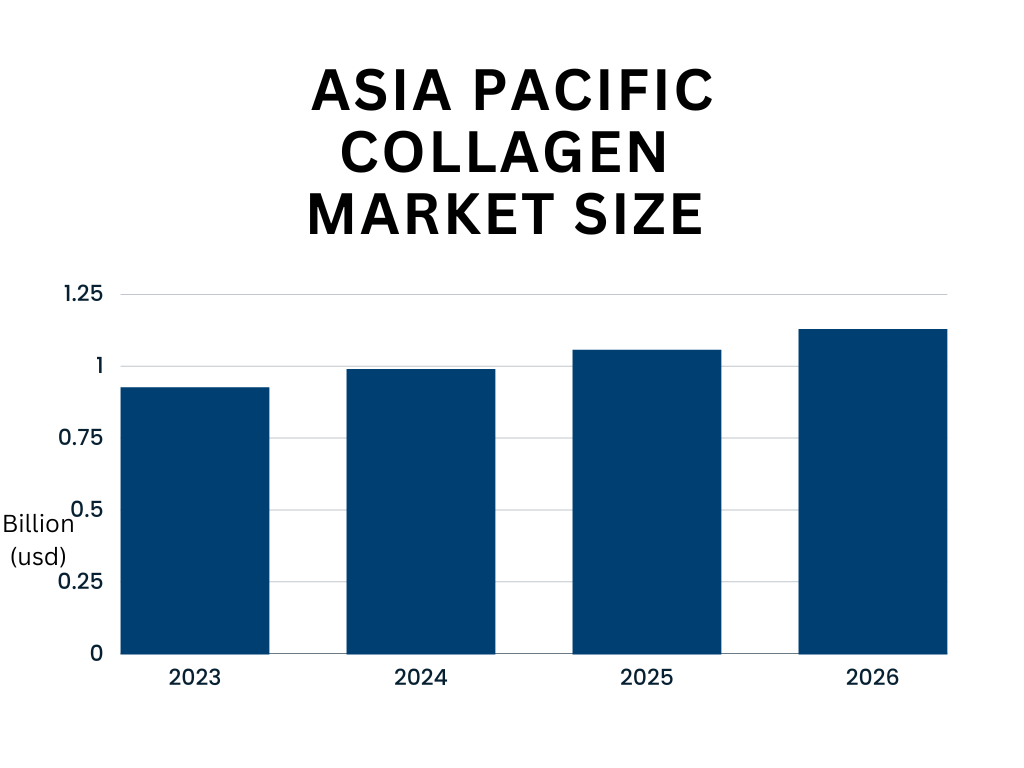
China makes up a large portion of this market because of the growing demand for cosmetic surgery using collagen. India mainly uses it for medical procedures while Japan's population favors using it as an anti aging supplement.
South America Collagen Market Size
The South America collagen market size is estimated at $260.65 million USD in 2023 and is growing at a compounded annual growth rate (CAGR) of 8.5% between 2021 and 2028.
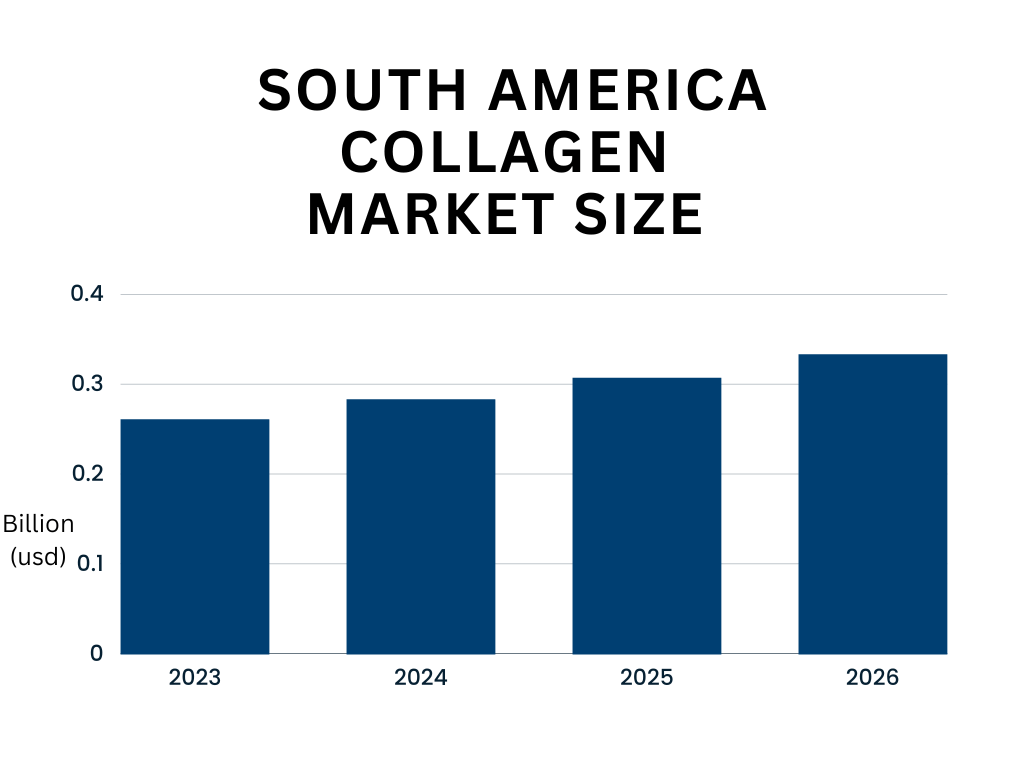
Collagen Supplement Market Size
As of 2022, the collagen supplements market size is valued at $2.2 Billion USD in 2022. This side of the market is expected to grow from $2.3144 Billion in 2023 to $3.137132 billion by 2030.
This represents a compound annual growth rate (CAGR) of 5.20% between 2023 and 2030.
Key Players in the Collagen Market
The key players in the collagen market are:
- Rousselot (Netherlands)
- GELITA AG (Germany)
- Weishardt (France)
- Tessenderlo Group NV (Belgium)
- Nitta Gelatin Inc. (Japan)
- LAPI GELATINE S.p.a. (Italy)
- ITALGELATINE S.p.A. (Italy)
- Ewald-Gelatine GmbH (Germany)
- REINERT GRUPPE Ingredients GmbH (Germany)
- TrobasGelatine B.V. (Netherlands)
- GELNEX (Brazil)
- JuncàGelatines SL (Spain)
- HolistaCollTech Ltd. (Australia)
- Collagen Solutions Plc (U.K.)
- Advanced BioMatrix
These are all large food processing companies that vary in their methods, sourcing and scale. In general, their product-manufacturing facilities are located close to the raw material source, resulting in low procurement costs.
What are the top countries in the collagen market?
The top countries in the collagen market are Brazil, Argentina, China, South Korea, The United States, Japan, Holland, Germany and Belgium.
These countries produce the most collagen and export it to countries like the USA, Canada and Europe.
What is the impact of COVID-19 on the collagen market?
The COVID-19 pandemic has had a mixed impact on the collagen market. On one side, the global supply chains and sales and distribution of food and drink supplements have caused major short-term supply constrains.
This is due to raw material shortages to make packaging, labor constraints and supply chain issues to get raw materials for collagen protein.
That being said, the demand has skyrockets for collagen products because of the immunity and longevity healt benefits of the protein.
During COVID, consumers were seeking out the latest information on what products will benefit them in protecting their health, and as a result, the increased interest in health and wellness helped the collagen market grow during the pandemic.
However, the labor and supply issues cause shortages at the retail level. Store shelves were empty, causing financial hardship for some brands.
Also, quarantine measures, travel restrictions and the shut down of factories, especially from cosmetics and food & beverage industry, caused shortages.
Due to severe disruptions of supply chains, there was a shortage of raw materials, which harmed the profitability of both small-and large-scale collagen manufacturers.
These supply constraints caused the collagen market to struggle temporarily. But it is bouncing back and growing steadily now.
What is the forecast for the growth of the collagen market?
Research estimates have the collagen market growing at a compounded annual growth rate (CAGR) of 8.9% during the forecast period 2023 to 2032.
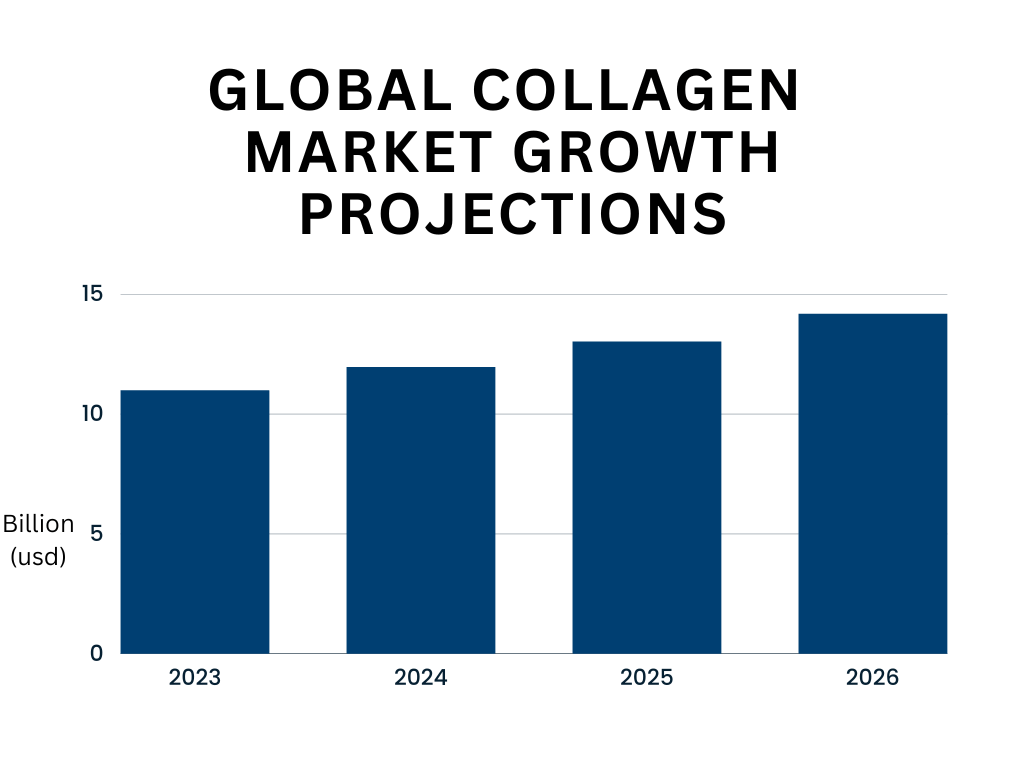
Major Segments of the Collagen Market
The collagen market is segmented based on factors like source, product type, function, product category, dosage form, application and geography. Let's go through each of these briefly.
- Source: the market is divided into bovine, porcine, poultry and marine. This simply depends on what animal is used to make the product.
- Product Type: the market is classified into gelatin, hydrolyzed collagen, native collagen and synthetic collagen.
- Collagen Type: There are over 30 different types of collagen protein, but for our purposes, there are 5 types used for commercial purposes: type 1, type 2, type 3 type 4 and type 5.
- Function: In terms of function, the market is divided into texture, stabilizer, emulsifier, finding and others.
- Form: Collagen takes a few different forms including powder, liquid, pill and capsule.
- Category: There are just a couple of different categories of products: GMO and non-GMO.
- Application: There are many different applications for collagen from nutritional products, dietary supplements, sports nutrition, food & beverages, snacks, soups and sauces, dairy products, meat & poultry products, confectionery products, pharmaceuticals and cosmetics & personal care products.
- Geography: North America, Europe, Asia-Pacific, South America
Collagen Market Trends
The major market trends shaping the collagen market are the growing use of hydrolyzed collagen in food products, use of beauty and skincare products, rising awareness of higher protein diets, nutricosmetic consumption, growing healthcare applications, technical applications, collagen-based biomaterials and synthetic collagen.
Also, the rise in per capita income and a growing food processing industry are expected to create massive opportunities for new and existing brands and suppliers operating in this market.
Collagen Market Forecast by Type
The collagen market is expected to grow due to the increasing use of collagen in various industries such as food, healthcare, technical applications and biomaterials.
In 2022, the food and beverage market made up the largest portion of the total addressable market. That being said, nutraceuticals is expected to grow at the highest rate because of the weight management potential of this protein.
In terms of regions, Asia-Pacific still dominates the collagen market due to the increasing demand for nutritional supplements made primarily from collagen in China.
This creates a tricky situation for North American brands who are trying to source from elsewhere because of the potential baggage that Chinese made products carries.
The United States dominates the North American market thanks to their massive size and consumer base. Surprisingly, Germany dominate the EU market because of the growing demand for cosmetics and supplements.
What are the major segments of the collagen market?
The major segments of the collagen market are based on source, product type, type, function, product category, form and application.
- The source segment is divided into bovine, porcine, poultry, and marine. The product type segment is classified into gelatin, hydrolyzed collagen, native collagen and synthetic collagen.
- The type segment is segmented into type I, type II, type III, type IIII and type IIIII.
- The function segment is divided into texture, stabilizer, nutritional supplement and emulsifier.
- The dosage form segment is classified into powder, liquid, and capsule.
- The product category segment is bifurcated into GMO and non-GMO.
- The application segment is categorized into nutritional products, dietary supplements, sports nutrition, food and beverages, snacks, soups and sauces, dairy products, meat and poultry products, confectionery products, pharmaceuticals, and cosmetics and personal care products.
Recent Collagen Supplement Trends
Recent trends in collagen supplements are the use of collagen in baked products, energy bars, cosmetics to hydrate skin, collagen water, vegan collagen boosters and lab derived collagen. Let's go through each of these below.
- Baked Products: Collagen is used in baked products to increase the protein without adding a chalky taste. Because of the natural and unflavored varieties, brands are experimenting using it in muffins, cookies and other common bakery items.
- Energy Bars: Similar to baked goods, it is straightforward to simply add collagen to a bar to capitalize on the market trend.
- Cosmetics: Topical collagen products are dominating the skincare market because of its ability to hydrate skin and and potentially reduce wrinkles.
- Collagen Water: Brands are adding collagen to water along with electrolytes to provide consumers with another way to consume it.
- Collagen Boosters: These are vegan or vegetarian products that do not contain any collagen but are marketed to increase collagen levels by using vitamins and minerals. There is no research to support these products or claims.
- Lab Derived Collagen: Similar to lab-grown meat, companies are investing huge sums of money into R and D for lab derived collagen. That being said, the market struggles with economies of scale, price and resource constraints. There is not enough equipment to properly make these products, driving the research costs up and delaying any progress. We are still a long way away from a commercially viable product at a competitive price.
What factors influence the growth of the collagen market?
The main drivers of grow in the collagen market are an aging population, increased awareness of collagen benefits, improved standard of living, increase in arthritis, increased demand for cosmetics, increased demand for collagen fortified foods, growth in the collagen supplement industry, new research on collagen and more funding for research and development.
I'll go through each of these below for you.
1. Aging Population
The aging population across the globe is expected to lead to explosive growth for collagen. Of particular interest are the growing geriatric populations in Japan, Italy and China.
These populations have huge potential labor shortages due to increased average age of their populations and lack of birth rate to replace the population.
As people age, they tend to develop more health issues that collagen may help (joint pain, blood sugar control issues, sleep issues, muscle wasting, gut issues, inflammation).
Asia Pacific region currently holds the largest share of the collagen market and is expected to boost the market through 2032.
2. Increase in Awareness of Collagen Benefits
As more publications cover collagen and it's unique health benefits, more people get enticed enough to try it. Collagen is not a trend and is certainly going to continue growing because of how it is covered in the media and it's potential longevity benefits.
3. Improving Standard of Living
An improved standard of living leads to a rise in per capita income and grows the food processing industry in tow.
This creates opportunities or brands and processors int he market. With a better standard o living, consumes have more disposable income to spend on health, longevity and wellness products like hydrolyzed collagen.
4. Increased Arthritis Prevalence
As per the arthritis society, the prevalence of arthritis is exploding. Estimates have 50% of people suffering from arthritis at some point in their life by 2040.
Currently 24% of people will get arthritis and 60% of women over 65 will suffer from this joint disease.
The increased prevalence of arthritis will grow the collagen market because of the unique blend of amino acids like glycine, proline and hydroxyproline.
These amino acids are shown to be beneficial for those suffering from joint and pain osteoarthritis. As more awareness develops and research comes out, people will continue to seek out collagen protein to help with pain and to rebuild joint cartilage.
5. Increase in Demand for Cosmetics and Skin Care Products
The increase in demand for skin care products is among the biggest drivers for collagen.
The protein is increasingly being used in skincare products because of its unique anti-aging benefits, which makes such products more popular among consumers.
6. Increasing Demand for Collagen-Rich Foods
The nutritional supplement industry is responsible for an increase in the demand for collagen rich foods because of the unique health benefits.
This causes a certain type of consume to find out how to get whole food sources of collagen protein in their diet. This may be because they prefer eating natural, whole foods which are not processed or they cannot afford the supplement.
Regardless of the cause, the effect is that people are starting to favour foods like high protein bone broth, certain cuts of meat, chicken wings, pork rinds and foods with gelatin like pudding.
Increasing concerns about health and fitness, shifting consumer preferences towards high-nutrition products, changing lifestyles, and approval of gelatin's use in food products are anticipated to propel the collagen market over the forecast period.
7. Growth of Collagen Supplement Industry
The growth of the collagen supplement industry will continue to propel the whole market forward. This segment of the industry is growing at a a compound annual growth rate (CAGR) of 5.20% between 2023 and 2030.
The supplement growth is driven by increased demand for products that help digestion and gut health, immunity, skin health and improving cognitive function.
The market is also being driven by the rising interest in protein consumption as well as the growing applications of collagen in the preparation of sports nutrition.
8. Increasing Research on Collagen and Its Benefits
Increased research into collagen and its benefits causes more media to pay attention to collagen. This in turn increases consumer demand for supplements and skincare products.
9. Funding for Research and Development
Tied to the point above, increased demand makes it viable for brands and large strategic companies to fund independent research.
Research helps prove the health benefits which will further increase the demand for collagen and similar products like bone broth.
That being said, consumers need to pay attention to funding sources and conflicts of interest when they look at research into specific benefits and features.
10. Technology Increasing the Mixability and Taste
Technology is one of the factors driving the growth of the collagen market. With increasing technical applications, collagen-based biomaterials are being used in various industries such as food, healthcare, and cosmetics. The rise in per capita income and a growing food processing industry are also expected to create lucrative opportunities for players operating in this market. In addition, the engagement of various major medical institutes as well as U.S. Food and Drug Administration (FDA) approval clinical trials and availability of state-of-the-art research infrastructure are projected to support market growth. The growing public awareness about personal health and the increasing investments in R&D activities by the manufacturers are also projected to further propel the industry forward. Overall, the collagen market is growing at a CAGR of 5.86% over the next 5 years.
11. Biomaterials Based Collagen
The surge in the use of biomaterials-based collagens in the agriculture sector to help control the PH level of certain crops. Ultimately, more research is needed to figure out if this is viable.
12. Healthcare Industry: Surgery, Wound Healing, Burn
Collagen is widely used in the healthcare industry for various purposes like
- Cosmetic surgeries
- Wound healing treatments
- Bone void fillers
- Bone growth stimulators
- Transporting proteins in bone-repair treatments.
- Burn treatment
- Cardiology
The bone health uses are particularly interesting. Due to its ability to rebuild bone and increase bone mineral density, collagen is in great demand in the healthcare industry.
The rising popularity of cosmetic skin procedures and the increasing investments in R&D for these uses will increase the total market size and growth rate.
The Future of Collagen and Opportunities
The future of the collagen industry looks promising as it is projected to grow over 8% between 2023-2032. The market is driven by various factors such as the growing use of collagen in food industries, increasing inclination towards protein and nutraceutical consumption, rising application in healthcare, increasing technical applications, and growing use of collagen-based biomaterials.
What can't be understated is the rise in per capita income and the aging population post baby boom. This is going to cause explosive growth in the industry.
The increasing demand for collagen in cosmetic operations and wound healing therapies is another opportunity for manufacturers and brands.
The Asia Pacific market size for collagen continues to lead the growth with an expected growth rate of 9.5% CAGR between 2023-2032.
Looking at the cutting edge, there are brands working on lab grown and vegan collagen. I'll mention these briefly.
Lab Grown Synthetic Collagen
Lab-grown collagen, also known as synthetic collagen, is a new type of collagen made in a laboratory setting rather than being sourced from animals or humans.
The brands use bioengineering, using recombinant DNA technology to produce collagen molecules that are identical to those made from animals like cow hides, marine sources of chicken sternum.
This type of collagen is used in various medical and cosmetic applications, such as tissue engineering, wound healing, and skin rejuvenation.
The pros of synthetic collagen is that it is considered a more ethical and sustainable alternative to animal-derived collagen.
This makes it a popular choice for those who are concerned about animal welfare or religious constraints on the usage of animal origin products.
The being said, there are tremendous resource constrains, research and development issues ahead for this category. There is nothing commercially available and there will not be for years to come.
Lab grown meat is taking a huge step back at the time of publishing. This includes lab grown collagen.
Collagen Market Risks
Allergies are a huge risks for manufactures. Some people are allergic to the raw materials used in certain collagen products (beef, chicken, pork or fish), as such, the cannot tolerate supplements or food containing hydrolyzed collagen peptides.
This causes them to diversify into different animal sources and forms of collagen. You can learn more about the downsides of collagen in my report.
Closing Thoughts
In conclusion, the collagen industry is expected to experience significant growth in the coming years, driven by various factors such as the increasing demand for collagen in healthcare, food industries and cosmetics.
The rise in per capita income, purchasing powder and aging population will create massive opportunities to everyone in the industry.
Asia Pacific market (China, Japan, India) is projected to exhibit the highest growth rate, thanks to growing health awareness and the population demographics at play.
References
https://www.precedenceresearch.com/collagen-market
https://www.globenewswire.com/en/news-release/2022/07/14/2479952/0/en/Collagen-Market-Size-Share-Trends-Massive-Growth-and-is-Anticipated-to-Grasp-the-value-of-USD-9-195-82-million-by-2029.html
https://www.gminsights.com/industry-analysis/collagen-market
https://www.marketsandmarkets.com/Market-Reports/collagen-market-220005202.html
https://www.databridgemarketresearch.com/reports/asia-pacific-collagen-market
https://www.databridgemarketresearch.com/reports/europe-collagen-market
https://www.theinsightpartners.com/reports/south-america-collagen-market
https://www.mordorintelligence.com/industry-reports/north-america-collagen-market
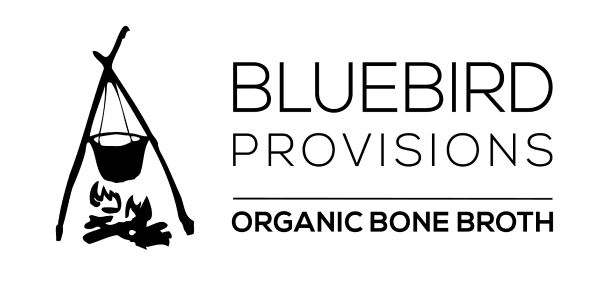

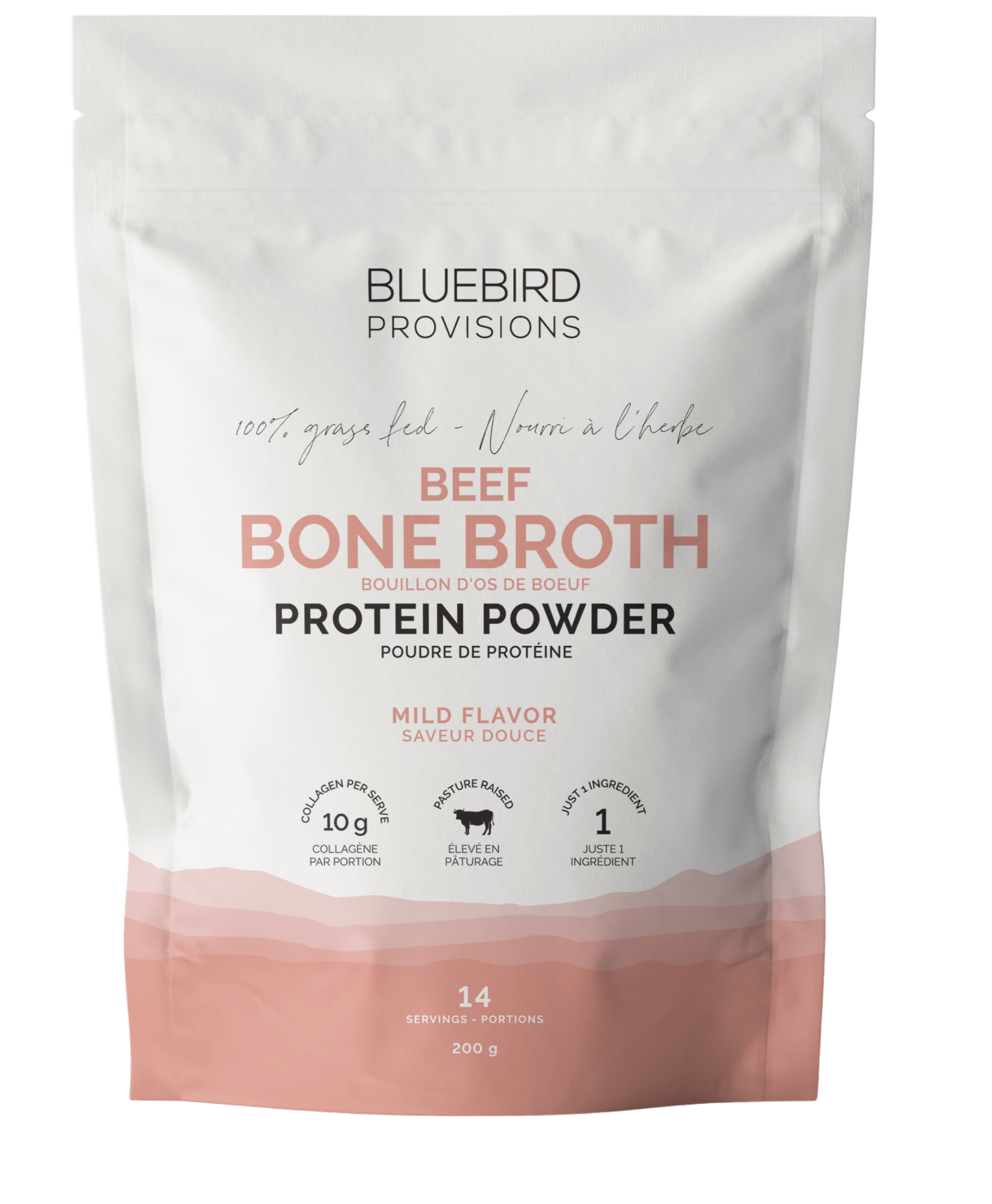
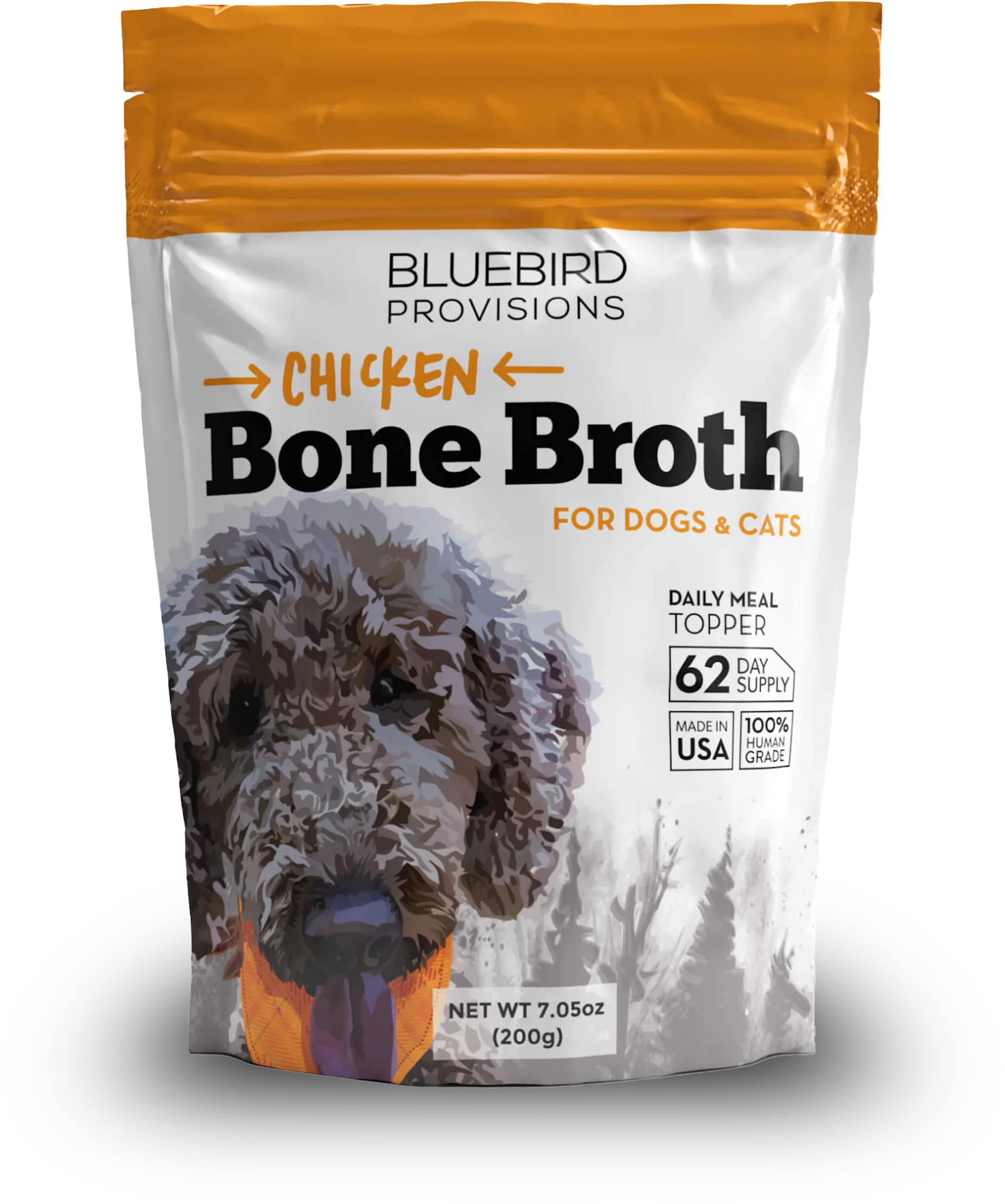

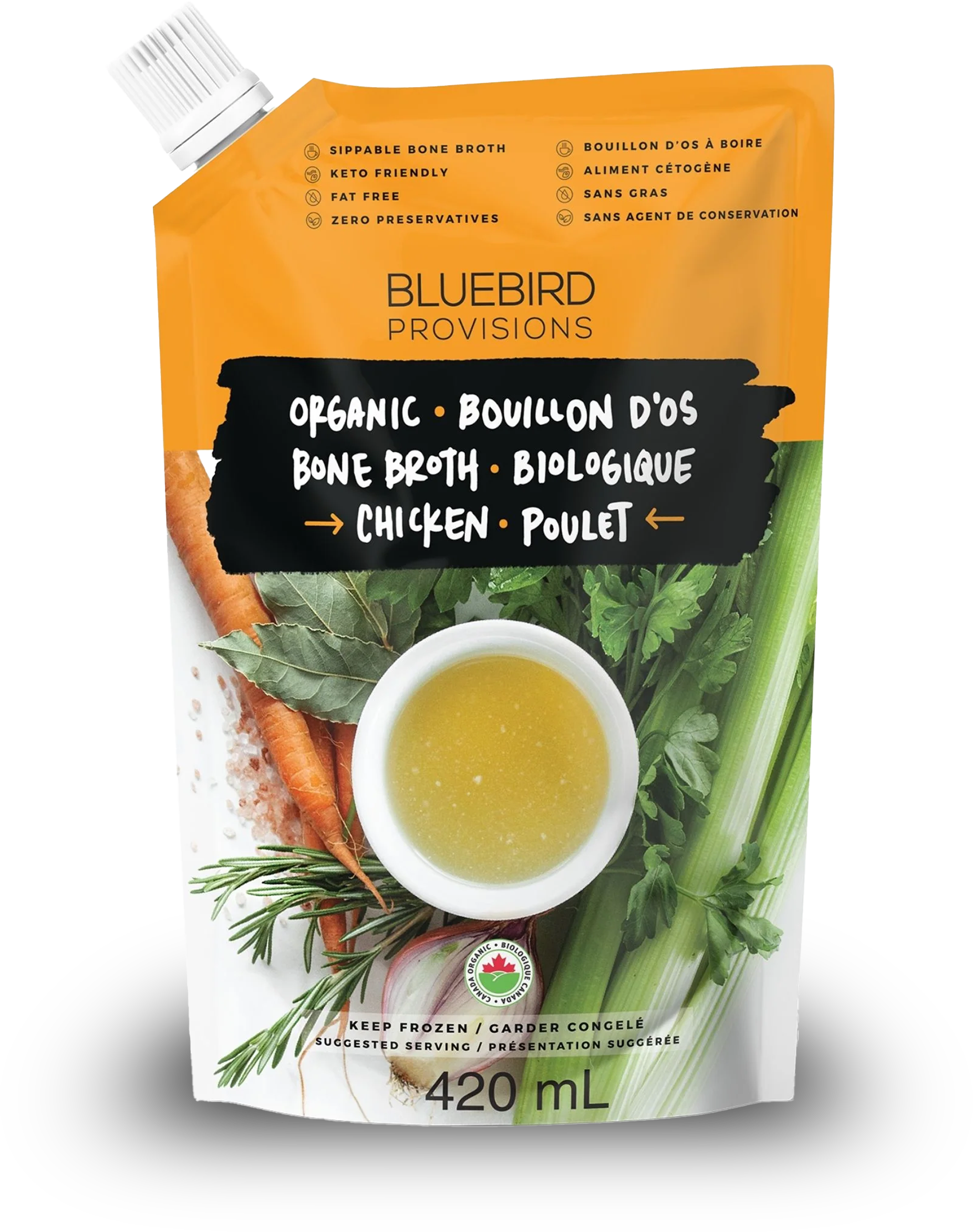
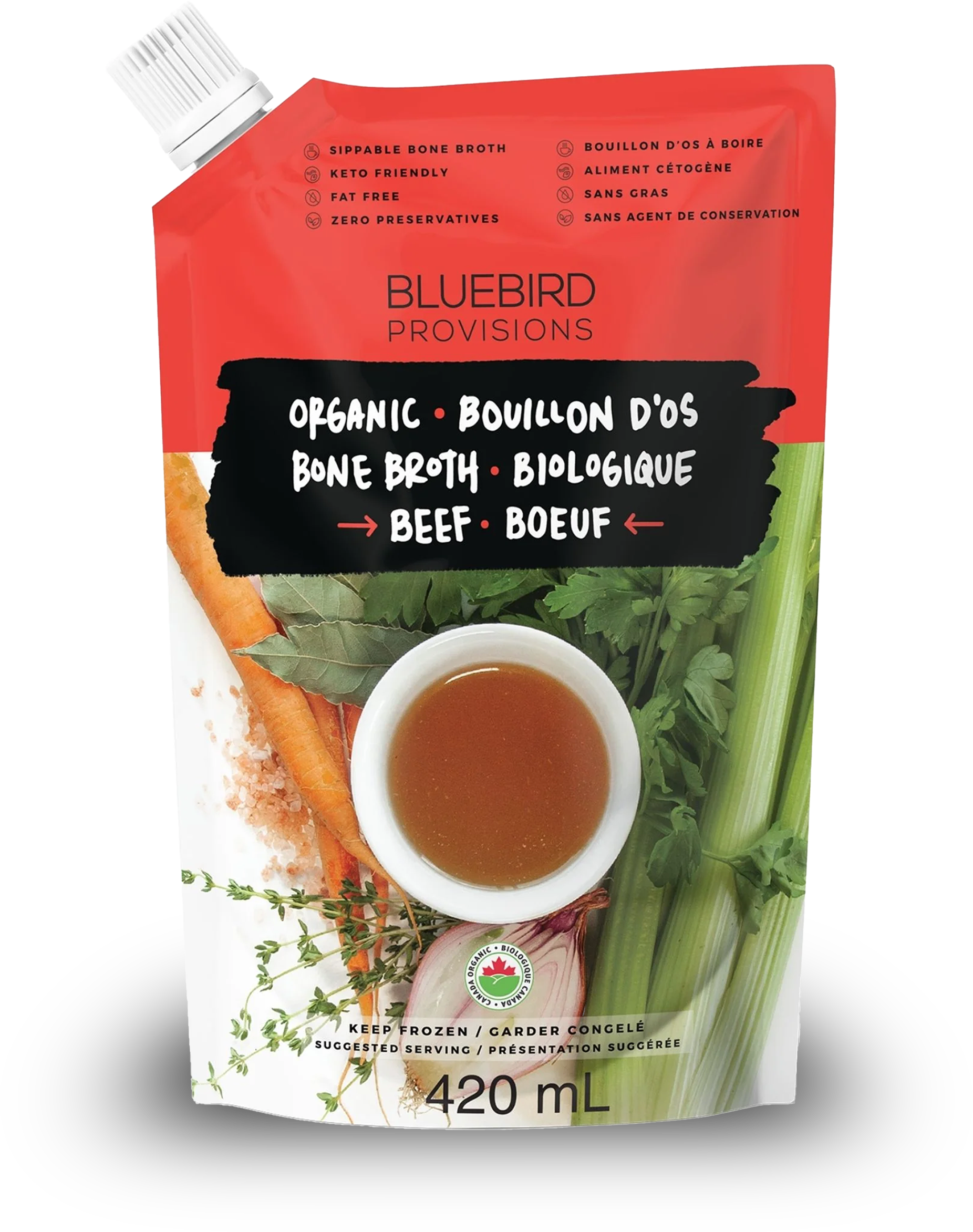
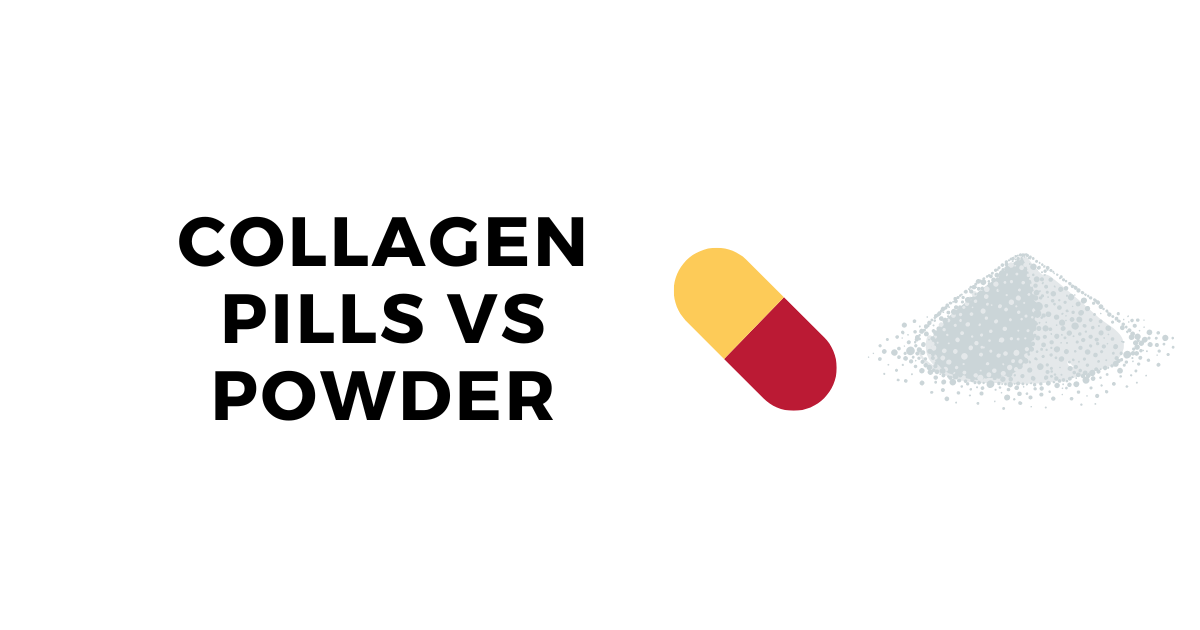
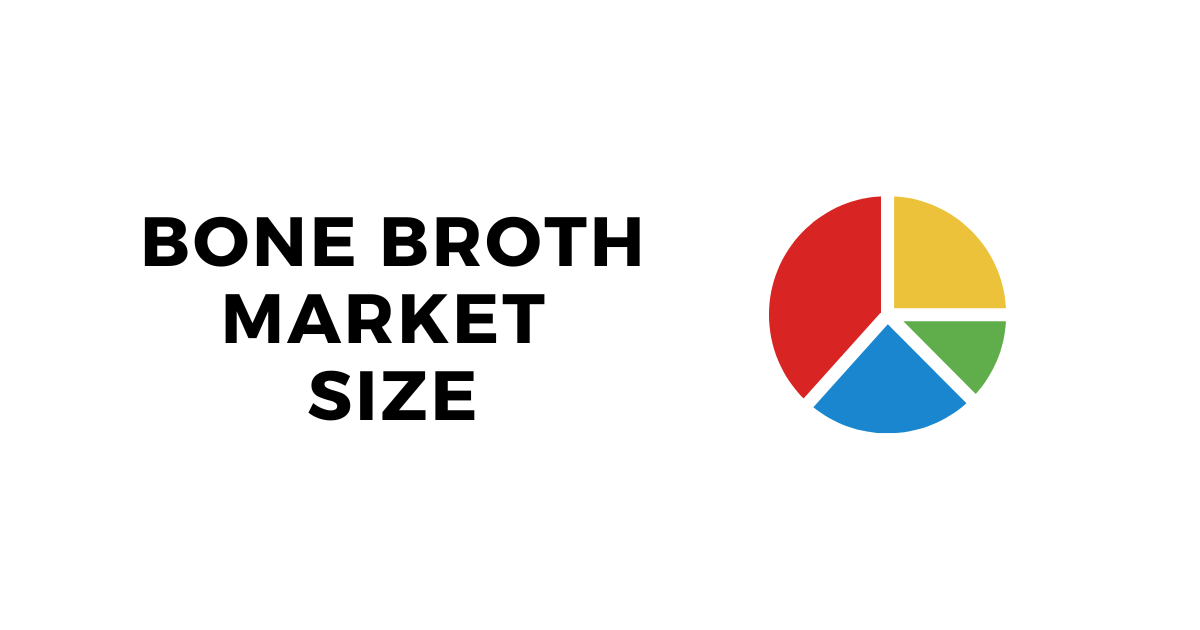
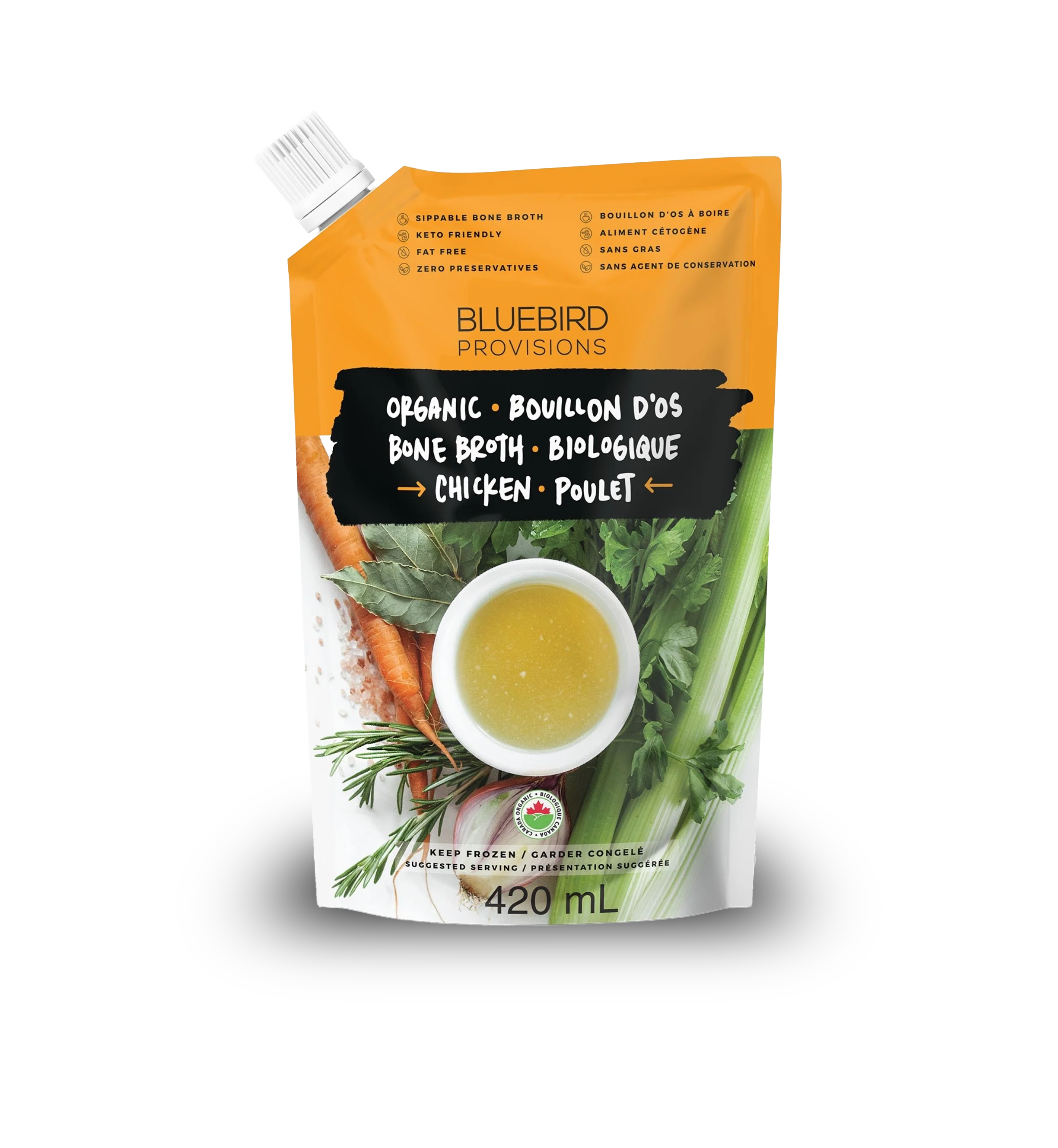
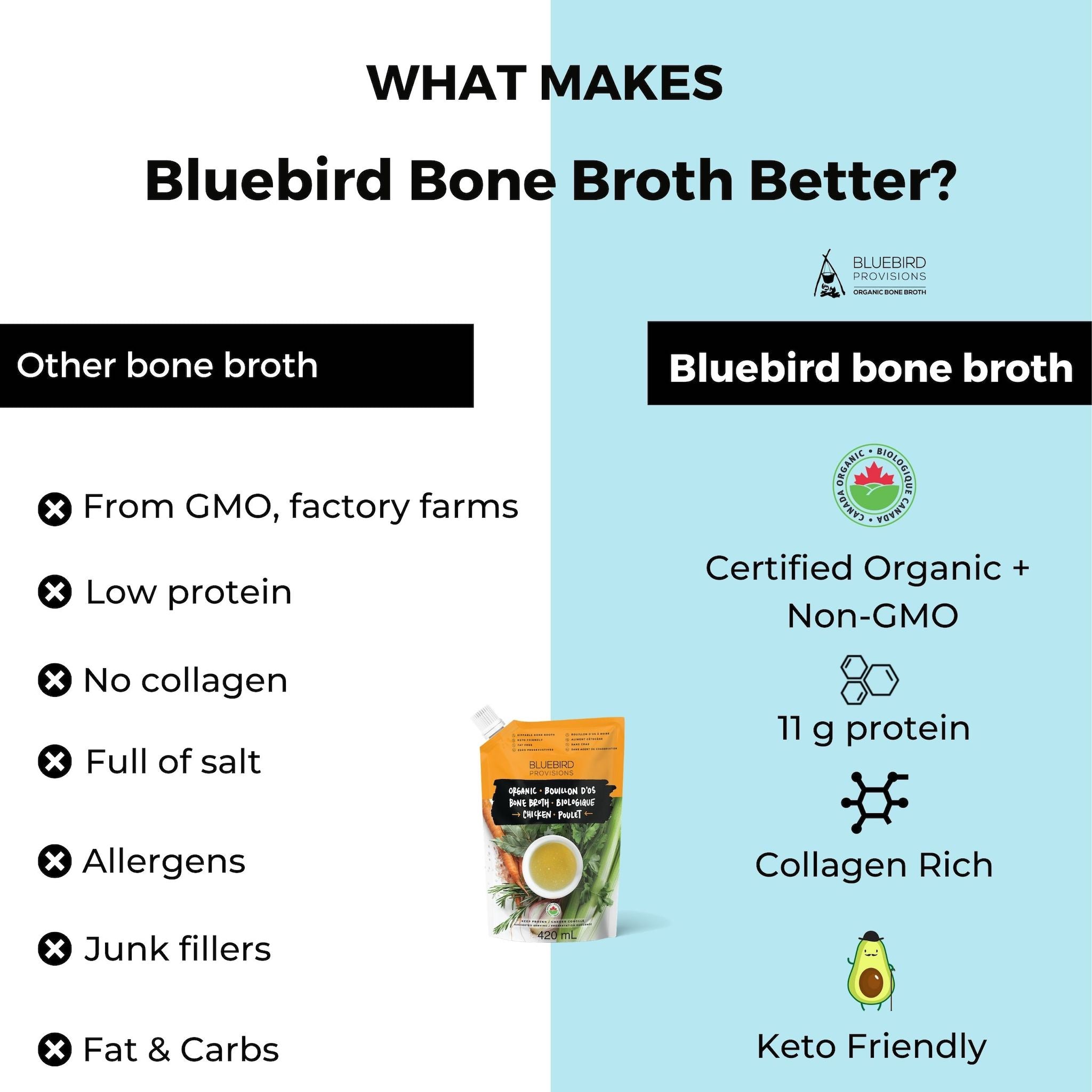
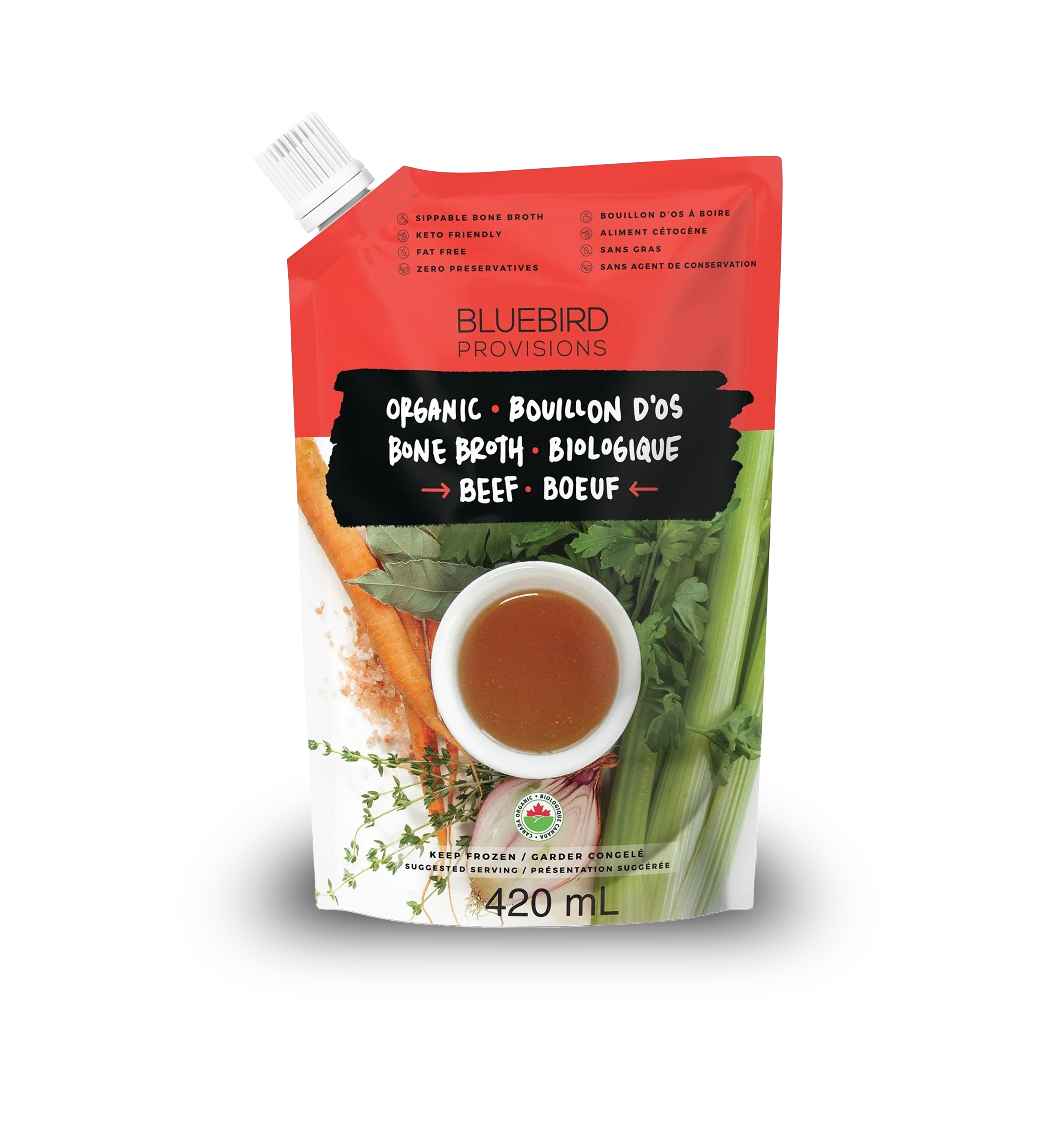
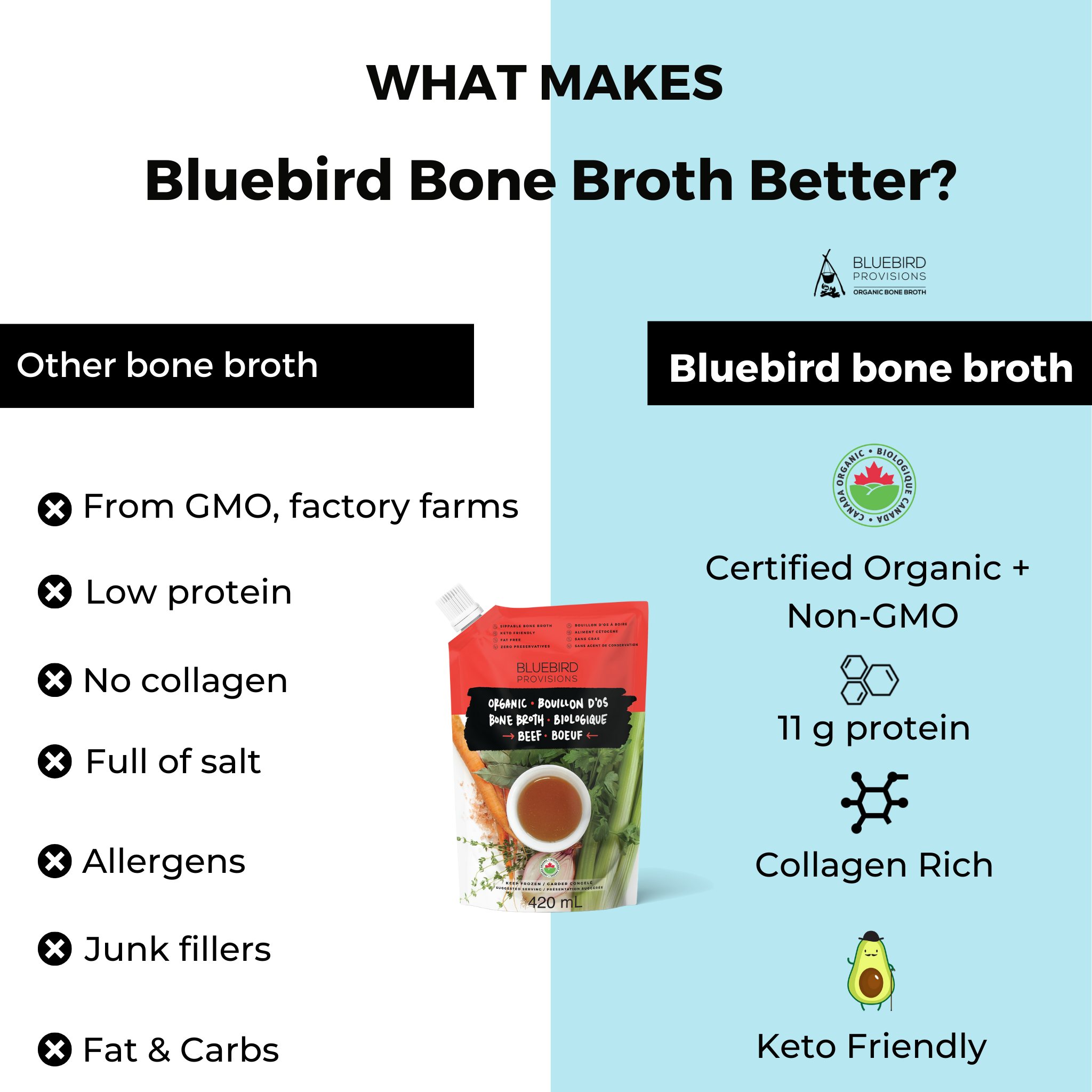
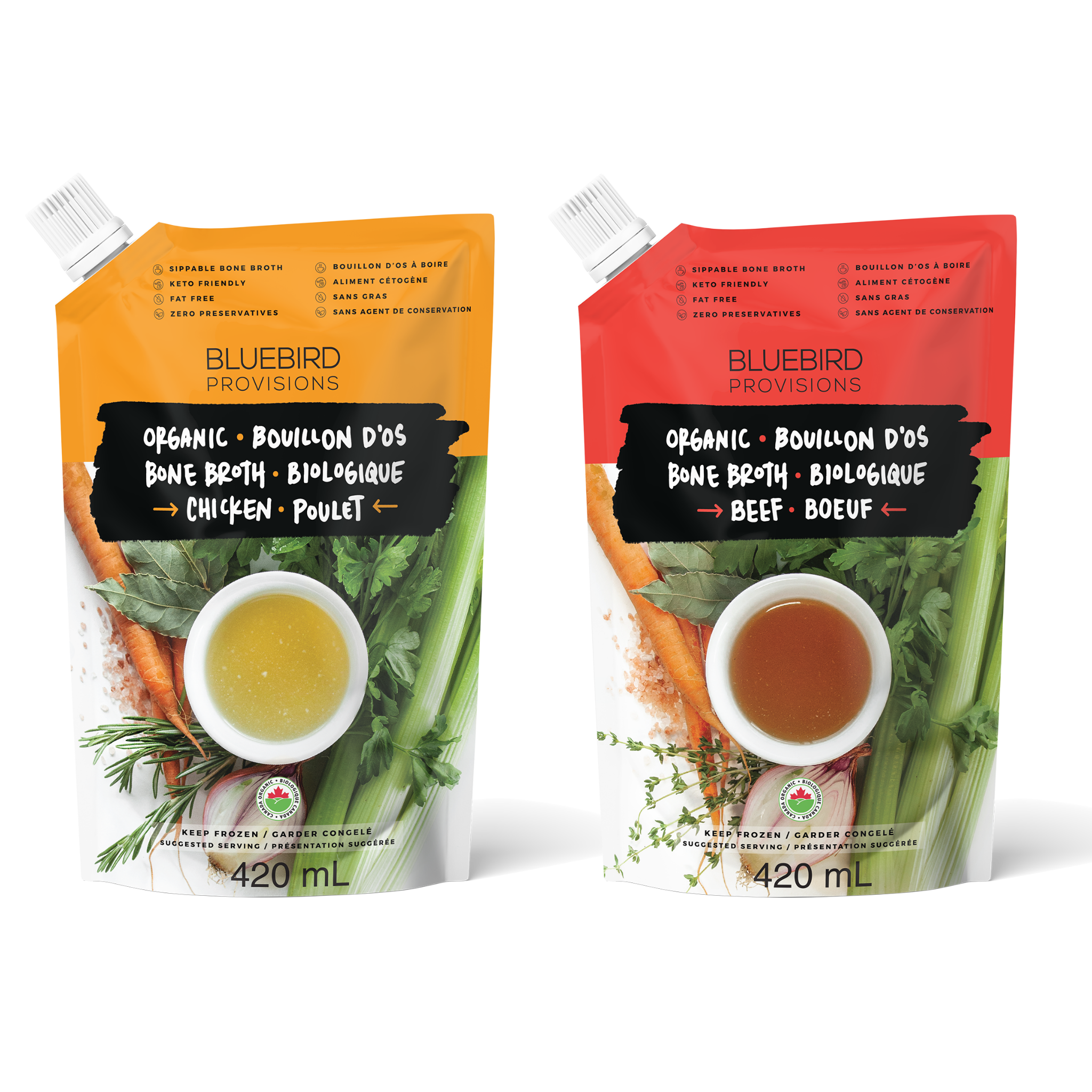
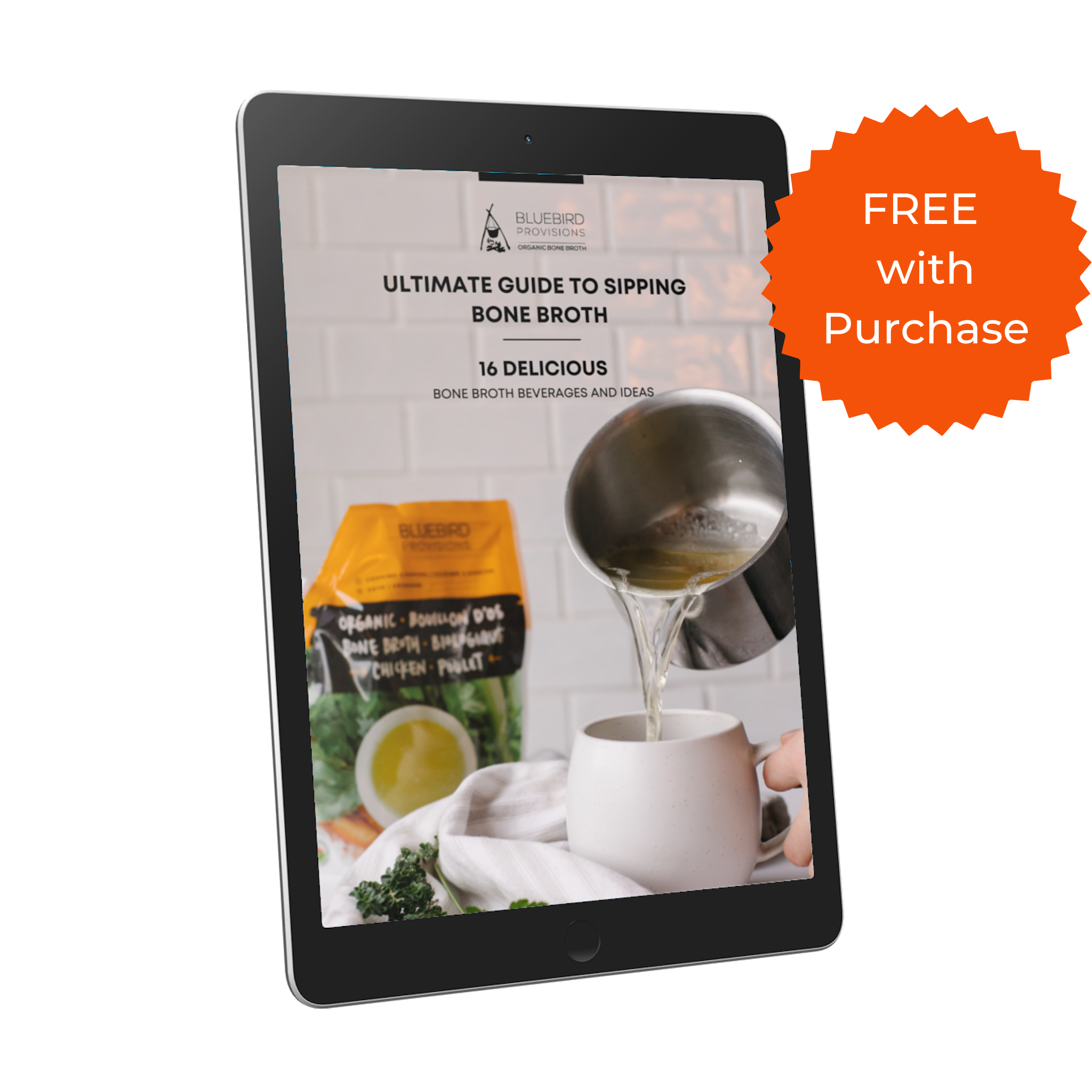
Leave a comment
This site is protected by hCaptcha and the hCaptcha Privacy Policy and Terms of Service apply.